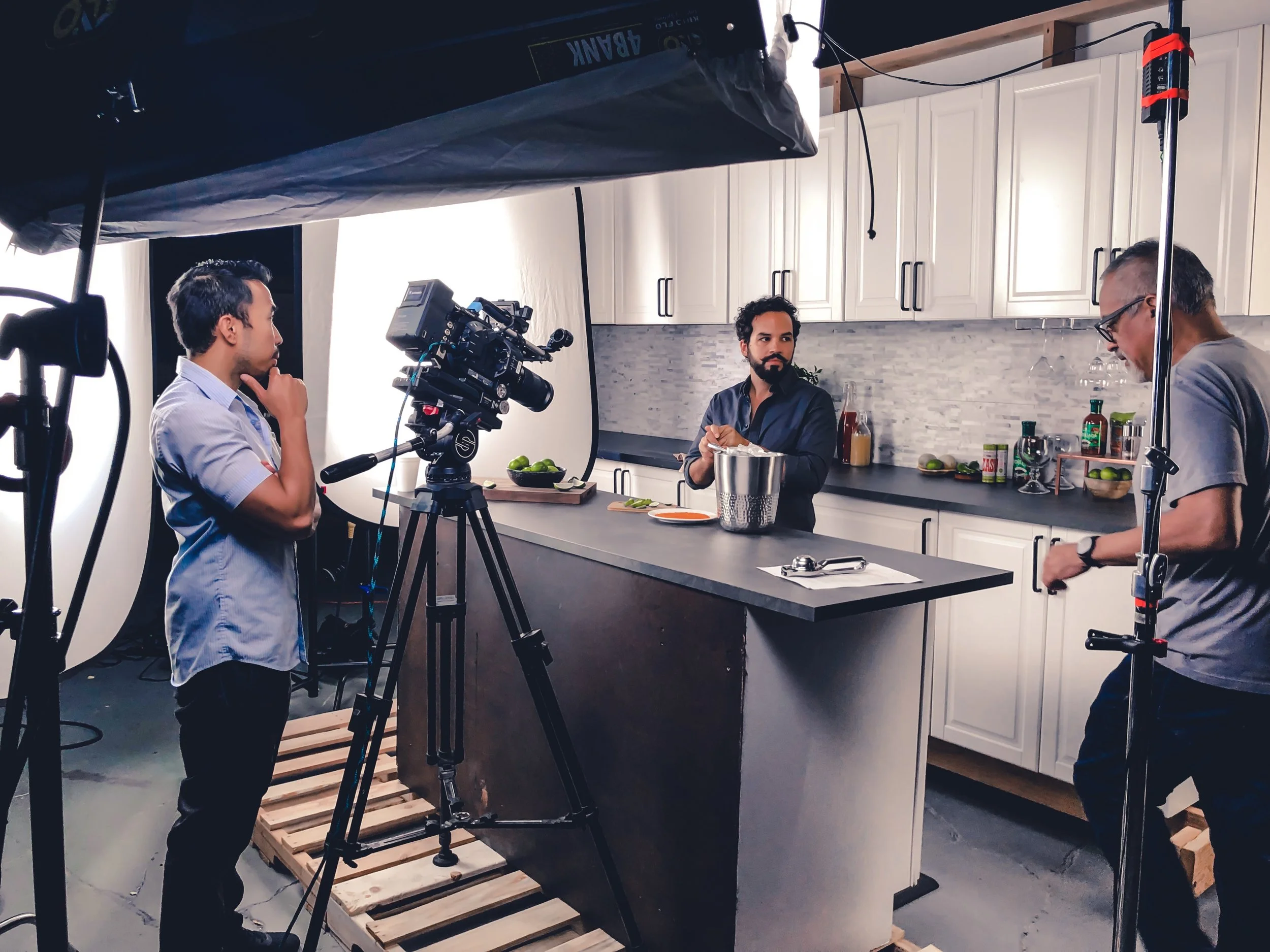There are 3 stages of making a video: pre-production, production, and post-production. Post-production can easily make or break any video, and having a software to fit your video’s needs is essential. There are hundreds of great ones to choose from, and we’ve compiled a list of 6 to suit your needs in any circumstances.
#1 - iMovie. iMovie is one of the most well-known editing softwares for beginners. Coming free with all new Mac devices, it's a no-brainer as to why so many people use it as their software of choice. It also is available on the App Store for iOS devices. This software is best for people who have never gotten into editing, or only want a basic edit of their video production. Aside from the basics of cutting, transitions, and sound effects, iMovie does not have nearly the amount of bells and whistles of other editing softwares. It can also export directly to social media platforms, such as YouTube and Facebook.
#2 - Hitfilm Express. Also free to download, Hitfilm Express is one of the most advanced free editing software in 2019. Available on both Mac and Windows, Hitfilm Express caters to both newcomers and more advanced editors, offering many features, but also tutorials. This makes the learning curve less steep. On top of that, it offers over 500 video effects to make your production stand out. There are downsides, however. Many options, such as export options, are locked behind in-app purchases. These are not mandatory by any means, and Hitfilm Express is a great free software.
#3 - DaVinci Resolve 16. Free to download and is the industry’s #1 color grading and correction software. Black Magic has made an incredibly robust non-linear editing program that’s as good as Adobe Premiere, with the best color grading software attached - it’s optimal choice for advanced editors who can’t afford Adobe Premiere or Final Cut Pro X. Black Magic is also a reliable brand that produces their own camera line, which syncs well when using the software alongside their products. It requires training to understand and use so beginners may have a hard time picking it up at first, though once you get the hang of the software and learn how to color grade properly, you could transition easily into Premiere or FCP and have the knowledge of the industry-standard color grading software.
#4 - Adobe Premiere Elements. Moving on to the first paid software, Elements is available on Mac and Windows for the price tag of $60 USD. Elements offers guided edits to beginners, making it very user friendly. It also offers many interesting features such as Quick Edit mode and Sceneline. Unfortunately, the software still does not offer some options as others, and suffers from relatively slow render and export times, but is still a great option for users of nearly all levels.
#5 - Final Cut Pro X. Available on Mac for $300 USD, Final Cut Pro X offers an extremely clean, powerful software. While it is targeted for more experienced editors, Final Cut’s organized interface allows beginners and veterans alike to produce professional content on the platform. Final Cut offers many animations in the software, and generally renders and exports faster than contemporary software. Unfortunately, at a $300 price tag, it is one of the most expensive software on the market. Final Cut’s file management system can also be tedious at times. It also has no manual save feature and occasionally crashes, leaving the possibility of losing progress. These crashes are few and far between, however, and Final Cut Pro X offers one of the cleanest, most efficient editing software in 2019.
#6 - Adobe Premiere Pro CC. Adobe Premiere Pro is the industry standard in film production. Available on both Mac and Window, Premiere Pro has a monthly subscription price tag of $21 USD. It offers extensive options, making it potentially more versatile than any other software. With incredibly professional color grading, video effects, etc., it is no surprise to why Premiere Pro is used by industry professionals. Unfortunately, the software has a fairly steep learning curve, with the interface being less intuitive than contemporaries like Final Cut Pro. On top of that, similar to Premiere Elements, Premiere Pro suffers from slower render and export times. Despite that, this is a must-have for editing experts and enthusiasts, and will not disappoint.








